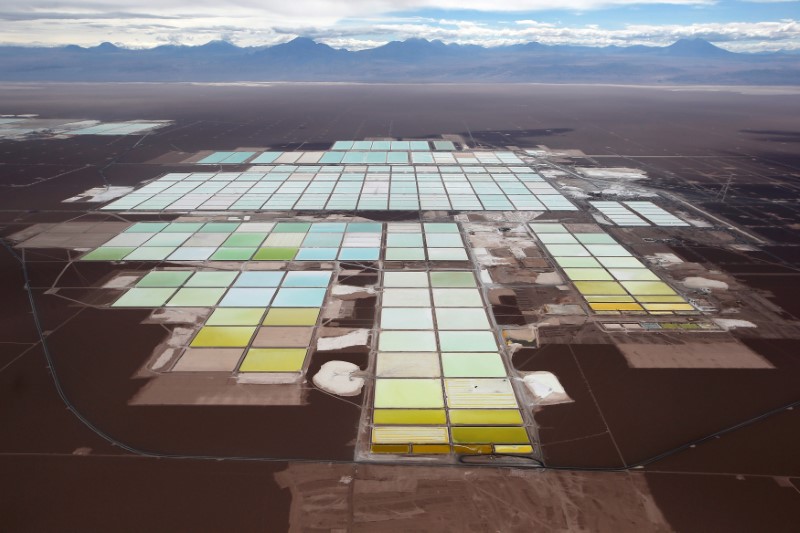St George Mining Ltd (ASX:SGQ) has unearthed a combined 225 metres of pegmatite intervals in drilling at the Mt Alexander Project in Western Australia, with one continuous 120.8-metre interval unearthed some 631.2 metres downhole.
The company was drill testing the Manta seismic reflector when it encountered the pegmatite formations, a large saucer-shaped reflector with a diameter of about 1,000 metres.
The large, continuous interval of pegmatite was unearthed from this source, with multiple additional pegmatite intervals of varying length also appearing from 369 metres to 624 metres of depth.
Early results are encouraging
“This is an exciting development in our lithium exploration at Mt Alexander,” St George Mining executive chair John Prineas said.
“The early results from MAD213 are very encouraging with a large intersection of pegmatite that may be associated with significant structural activity.
“We are looking forward to further drill testing this very large pegmatite unit.”
The Manta reflector has been modelled to continue up-dip to the south, appearing to extend into or below the greenstone belt – a setting SGA considers favourable for mineralisation.
The pegmatites at this target appear to differ from numerous outcropping cross-cutting pegmatites within the Mt Alexander Lithium-Caesium-Tantalum (LCT) corridor.
St George believes the Manta pegmatites may have been intruded into a relatively flat extensional structure over a wide area.
The pegmatite intervals are now being sampled for assay to determine the presence of anomalous mineral or geochemical composition and a diamond drilling program is planned to start in April to test for mineral zones of the pegmatites, specifically within the greenstones at shallower depths.
